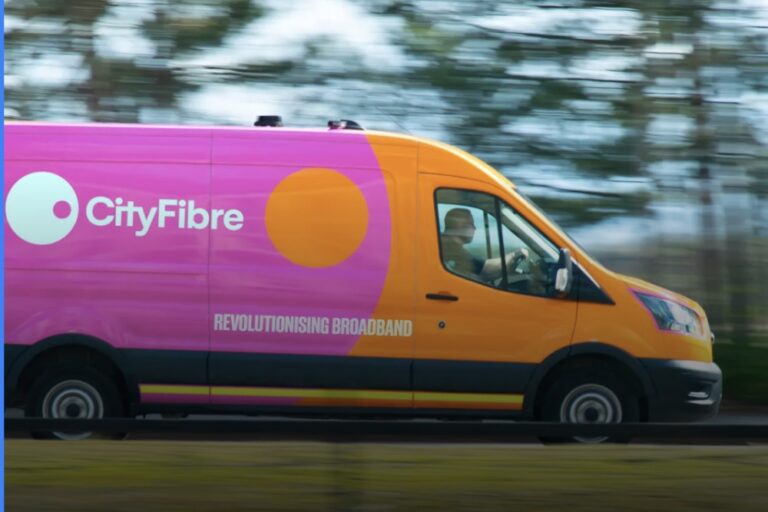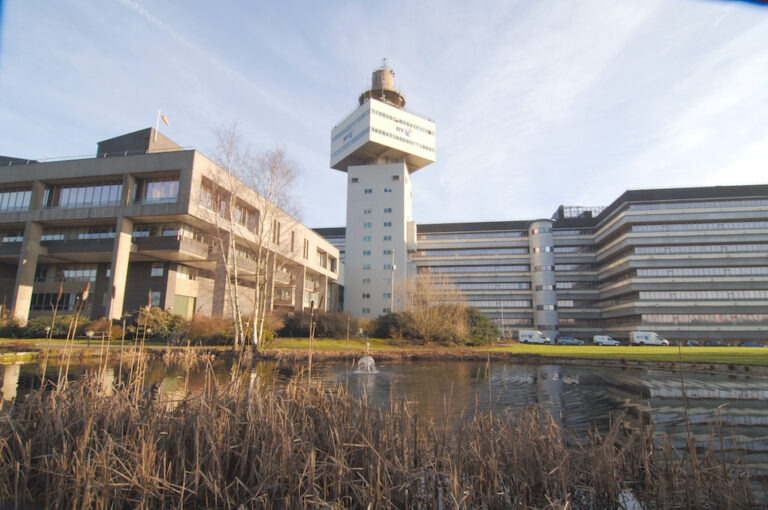The tech has been deployed in 11 European markets and the two are looking to share their approach with other players in the ecosystem
Vodafone and Meta have collaborated to free up network capacity for all mobile customers, including allowing them to view more high-quality short videos. This network optimisation has been applied in 11 European markets since the start of June this year.
In an initial three-week test conducted in the UK in April 2024, the companies recorded “a meaningful reduction” in network traffic for Meta applications across Vodafone’s mobile network. In particular, Vodafone freed up network resources on some of its most popular 4G/5G sites benefiting all of the network’s users at these busy locations, such as shopping centres and transport hubs.
The two companies are open to working with “all players in the ecosystem to improve the efficient use of network resources”.
Alberto Ripepi, Chief Network Officer at Vodafone, said, “Meta’s willingness to optimise the delivery of video for its applications leads the way for a more efficient use of existing network resources. Vodafone and Meta have implemented these optimisations across Vodafone’s European markets and intend to continue collaborating to foster additional efficiencies.”
Meta intends to build on efforts to improve optimisation and efficiency through improvements in video engineering and deployment of infrastructure, to boost users’ experience and the efficiency of video applications.
Gaya Nagarajan, Vice-President of Network Engineering at Meta, stated, “Our relationship with Vodafone is a long-term partnership, and collaboration on video optimisation is an opportunity to drive innovation and shape the future of the internet. We are committed to continuing our collaboration with innovative partners like Vodafone, device manufacturers, equipment vendors and the wider digital ecosystem, to push the boundaries of video optimisation.”












